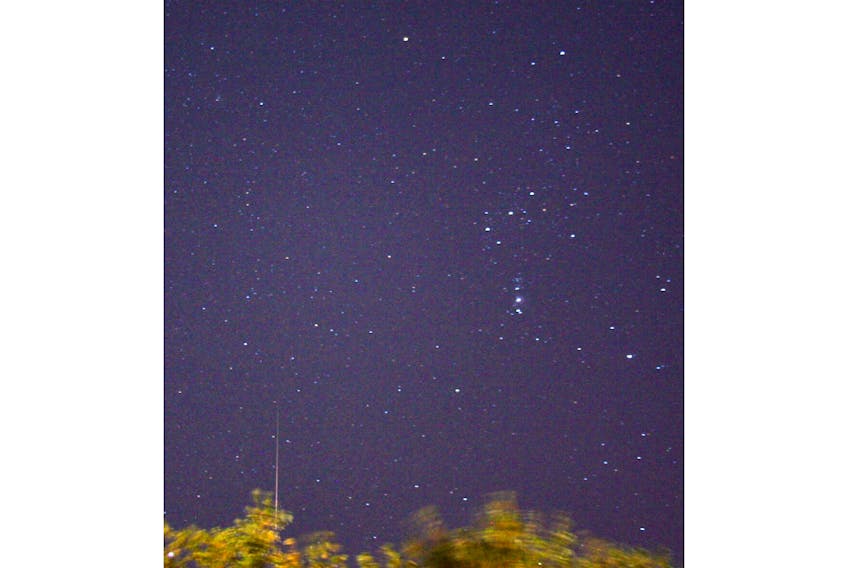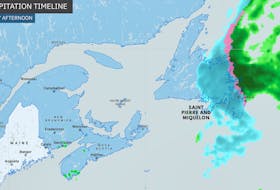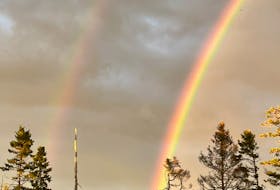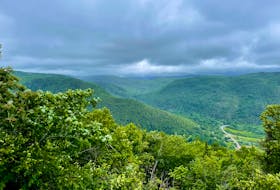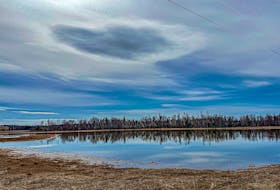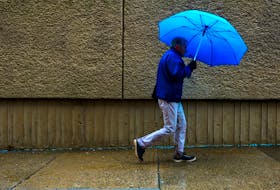There are showers in the forecast and while we’ll be dancing around some, we hope Mother Nature cooperates so we can observe the others.

This weekend, the Orionid meteor shower will reach a maximum of activity and the International Meteor Organization predicts the peak will fall Sunday night into Monday morning. Should the clouds clear in time, we could be treated to as many as 20 meteors per hour, on a dark sky and away from light pollution.
This annual meteor shower is the offspring of Halley’s comet and is one of the year’s most reliable meteor showers, often filling the pre-dawn sky with shooting stars.
Halley’s comet has long since departed our solar system, the debris left from its trail remains scattered in Earth’s orbital path around the sun, allowing us to predict when this meteor shower will occur. We first enter the “stream” at the beginning of October and we don’t leave it until the beginning of November, making our chances of “catching a falling star” even greater! Garrett Smith of Oak Hill, N.S., spotted two meteors while standing in his driveway Oct. 17.
For best success, try to get away from city lights, face the south-southeast and, while you’re waiting, enjoy the stars of the fall Milky Way. Be prepared for speed: meteoroids from Halley’s comet strike Earth’s atmosphere traveling at about 66 metres per second - only the November Leonids are faster. In this case, speed is important because fast meteors have a tendency to explode. Occasionally, Orionid fireballs will leave incandescent streams of debris in their wake that linger for minutes. Long stringy wisps of meteor smoke twisted by upper level winds can produce interesting shapes that are even prettier than the meteors themselves.
This dependable shower can produce an average of 10 to 20 meteors per hour. The best activity begins before midnight Saturday, Oct. 20, and reaches its peak about two hours before dawn Sunday morning. Between the setting of the moon and the beginning of astronomical twilight, there will be close to two hours of productive meteor watching, weather permitting.
You can make your meteor-watching experience much more comfortable if you take along a lawn chair, a blanket and a thermos of your favourite hot beverage.
Happy sky watching!
- Have a question about the weather? Email [email protected].
- Want more weather information? Visit WeatherByDay.ca
Cindy Day is the chief meteorologist for SaltWire Network.

